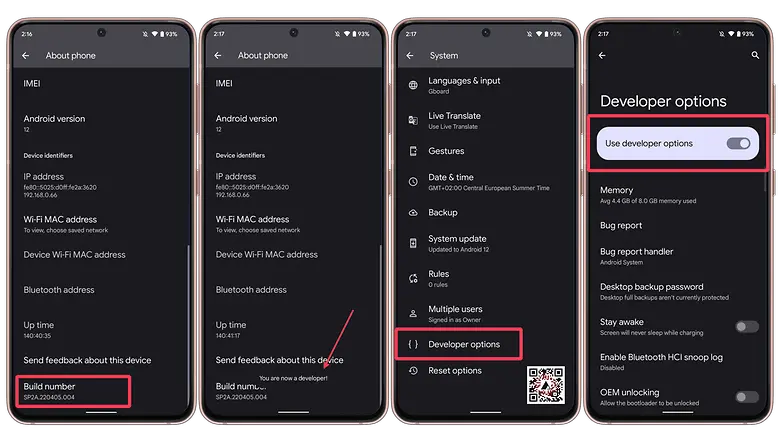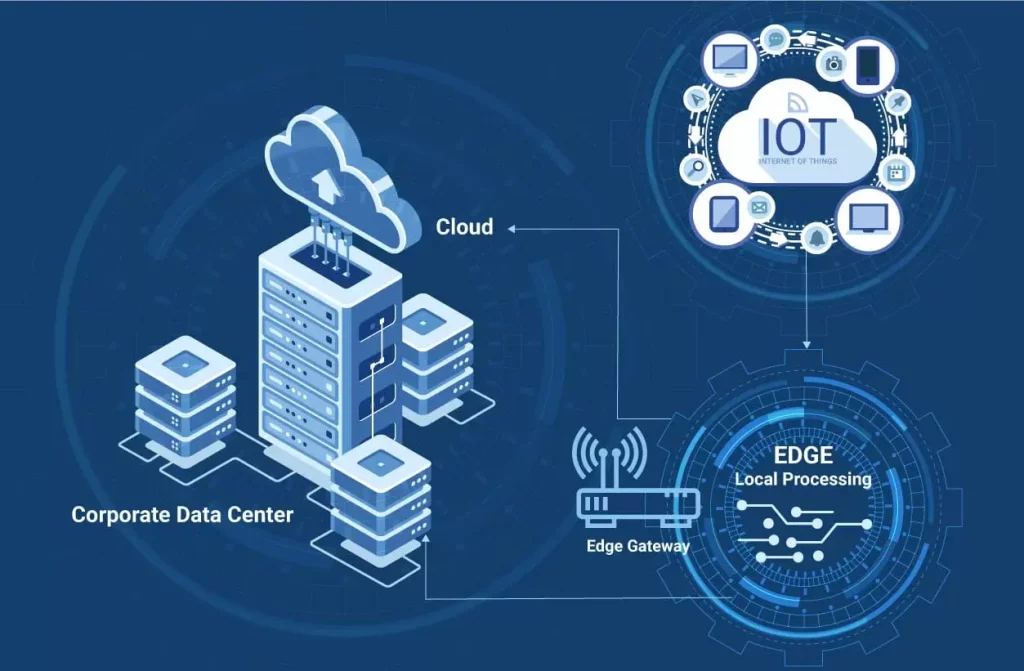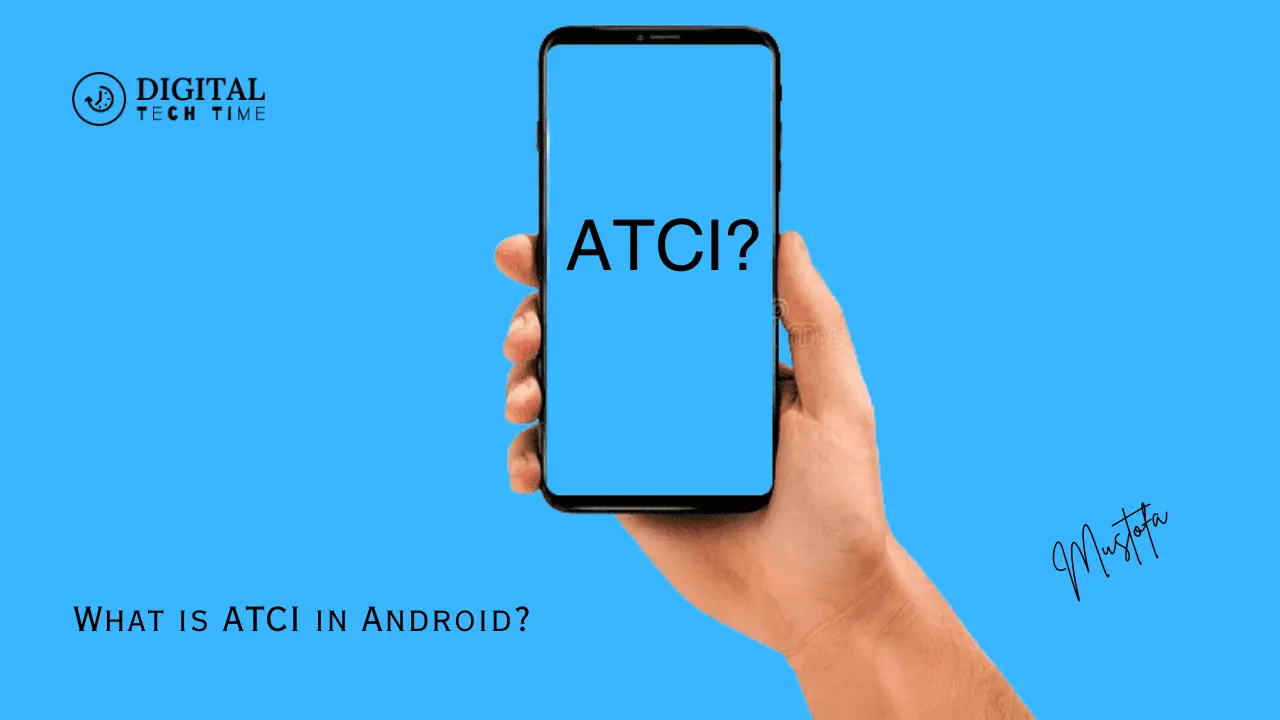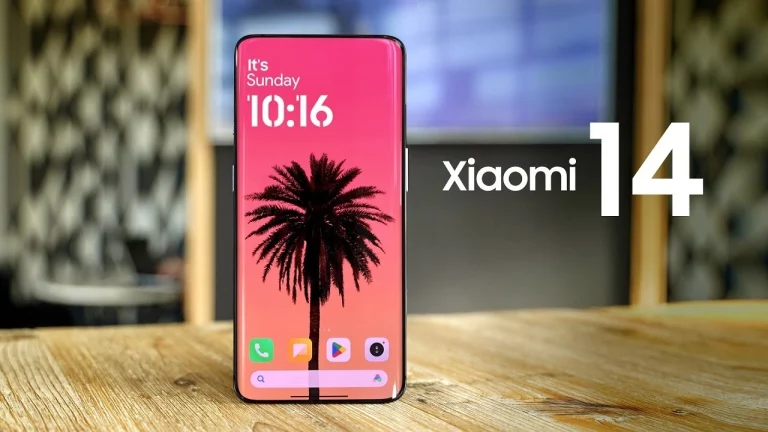Navigating ATCI Service: How It Benefits Your Android Phone
As an experienced Android user, I’ve often encountered the term “ATCI service” in the context of my device’s performance and functionality. However, many Android users, including myself, initially may not fully understand what this service entails and its significance in the overall operation of our smartphones. In this comprehensive guide, I aim to shed light on the ATCI service, its role, and how to effectively manage it to optimize the performance of our Android devices.
Table of Contents
Understanding the Role of ATCI Service in Device Functionality
The ATCI service, short for Android Test Command Interface, is a crucial system service in Android phones that plays a vital role in the device’s overall functionality. This service provides a communication channel between the device’s hardware and software components, allowing for seamless integration and control of various system-level features and capabilities.
One of the primary functions of the ATCI service is to facilitate testing and debugging processes during the development and manufacturing stages of Android devices. It provides a standardized interface for engineers and technicians to access and manipulate various hardware and software components, enabling them to identify and address any issues or optimizations that may be required.
The Significance of ATCI Service in Android Phone Performance
While the ATCI service is primarily designed for testing and development purposes, it can also significantly impact an Android device’s day-to-day performance and user experience. This service is responsible for managing various system-level processes, such as power management, sensor integration, and device configuration, which can directly affect the device’s overall responsiveness, battery life, and stability.
Sometimes, issues with the ATCI service or its improper configuration can lead to performance problems, such as sluggish device responsiveness, battery drain, or even system crashes. Understanding the role of the ATCI service and how to manage it properly can be crucial in optimizing the performance of your Android device.
Common Issues and Troubleshooting Related to ATCI Service
Despite its importance, the ATCI service can sometimes encounter issues or conflicts with other system services or third-party applications. Some of the common problems that users may experience include:
- Excessive Battery Drain: The ATCI service can sometimes consume more system resources than necessary, leading to accelerated battery drain. This can be caused by issues with the service’s configuration or conflicts with other running processes.
- System Instability and Crashes: Malfunctions or conflicts within the ATCI service can result in system crashes, app freezes, or unexpected device reboots.
- Performance Degradation: Improper management or configuration of the ATCI service can lead to reduced device responsiveness, slower app launch times, and overall performance issues.
To address these common problems, users can explore various troubleshooting methods, such as clearing the service’s cache, turning off unnecessary ATCI-related features, or even temporarily turning off the ATCI service itself (if the device’s functionality allows it).
How to Disable or Enable ATCI Service on Android Phones
The process of disabling or enabling the ATCI service may vary depending on the specific Android device and its manufacturer. In some cases, users may have the option to access the ATCI service settings directly through the device’s developer options or system settings.
Here’s a general step-by-step guide on how to manage the ATCI service:
- Access Developer Options: On most Android devices, you can enable the developer options by navigating to the “Settings” menu and tapping the “Build number” section several times until the developer options are unlocked.

- Find ATCI-related Settings: Once in the developer options, look for any settings or toggles related to the ATCI service. These settings’ specific terminology and location may vary across different Android device models and manufacturers.
- Disable or Enable the ATCI Service: Depending on your needs, you can either turn off the ATCI service to conserve system resources or enable it if you require access to its functionalities for testing or troubleshooting purposes.

It’s important to note that turning off the ATCI service may impact certain system-level features or functionalities, so it’s recommended to thoroughly research the potential consequences before making any changes.
Best Practices for Optimizing ATCI Service in Android Devices
To ensure your Android device’s optimal performance and stability, it’s essential to follow best practices when managing the ATCI service. Here are some recommendations:

- Keep the ATCI Service Updated: Ensure that your Android device is running the latest software updates, as these often include improvements and bug fixes related to the ATCI service.
- Monitor ATCI Service Usage: Use system monitoring tools or apps to track the resource usage and performance impact of the ATCI service. This can help you identify any potential issues or areas for optimization.
- Disable Unnecessary ATCI Features: If your device has specific ATCI-related features that you don’t need, consider disabling them to free up system resources and reduce the service’s overall impact.
- Optimize ATCI Service Configuration: Consult your device’s manufacturer or refer to online resources to learn about the optimal configuration settings for the ATCI service on your specific Android device model.
- Troubleshoot ATCI-related Issues Promptly: If you encounter any problems related to the ATCI service, such as performance degradation or system instability, address them immediately to prevent further issues.
By following these best practices, you can ensure that the ATCI service on your Android device is functioning optimally, contributing to an enhanced overall user experience.
ATCI Service vs Other System Services in Android Phones
While the ATCI service is a critical component of Android device functionality, it is not the only system service that plays a role in the device’s performance and stability. Other system services, such as the Android system server, the power management service, and the sensor service, also contribute to the overall operation of the device.
It is essential to understand the interplay between these various system services and how they can impact one another. For example, issues with the power management service can affect the ATCI service’s ability to manage power-related functions, leading to performance problems.
By gaining a comprehensive understanding of Android’s different system services and how they interact, you can better troubleshoot and optimize your device’s performance.
The Future of ATCI Service in Android Technology
As Android technology continues to evolve, the role and importance of the ATCI service are likely to change as well. With the increasing complexity of modern Android devices, the ATCI service may need to adapt to accommodate new hardware and software features and emerging testing and debugging requirements.
Some potential future developments for the ATCI service may include:

- Enhanced Integration with IoT and Edge Computing: As Android extends its reach into the Internet of Things (IoT) and edge computing domains, the ATCI service may need to integrate more seamlessly with these emerging technologies to ensure consistent device functionality and performance.
- Improved Automation and Remote Management: The ATCI service may incorporate more advanced automation and remote management capabilities, allowing for more efficient testing, debugging, and optimization of Android devices, even in distributed or remote environments.
- Increased Security and Privacy Measures: As data privacy and security concerns continue to grow, the ATCI service may need to implement more robust safeguards and access controls to protect sensitive device data and functionality.
By staying informed about the evolving role of the ATCI service, Android users and developers can better prepare for and adapt to the changing landscape of Android technology.
Related Article: Decoding IT Security: A Comprehensive Guide
Frequently Asked Question
Q: What is the ATCI service in Android phones?
A: The ATCI service, or Android Test Command Interface, is a critical system service in Android devices that facilitates communication between the hardware and software components, enabling testing, debugging, and optimizing the device’s functionality.
Q: Why is the ATCI service necessary for Android device performance?
A: The ATCI service is crucial in managing various system-level processes, such as power management, sensor integration, and device configuration. Proper management and optimization of the ATCI service can directly impact an Android device’s overall responsiveness, battery life, and stability.
Q: Can I turn off the ATCI service on my Android phone?
A: In some cases, you may be able to, but it’s essential to understand the potential consequences. Turning off the ATCI service may impact certain system-level features or functionalities, so it’s recommended to thoroughly research the possible impact before making any changes.
Q: How can I troubleshoot issues related to the ATCI service?
A: Common problems with the ATCI service, such as excessive battery drain or system instability, can often be addressed by clearing the service’s cache, turning off unnecessary ATCI-related features, or temporarily turning off the ATCI service itself (if the device’s functionality allows it).
Q: What are the best practices for optimizing the ATCI service on my Android device?
A: Best practices for optimizing the ATCI service include keeping the service updated, monitoring its resource usage, turning off unnecessary ATCI features, optimizing the service’s configuration, and promptly troubleshooting any ATCI-related issues that arise.
Conclusion
Understanding the ATCI service in Android phones is crucial for developers and tech-savvy users who wish to delve deeper into the functionalities of their devices. This comprehensive guide has demystified the aspects of ATCI service, explaining its purpose, how it operates, and the potential for enhancing device testing and debugging. By grasping the intricacies of ATCI service,
Users can unlock new capabilities in their Android phones, leading to a more informed and enriched user experience. Whether you’re troubleshooting, developing new applications, or simply curious about your device’s internal processes, the knowledge of ATCI service is a valuable asset in the ever-evolving world of Android technology.







